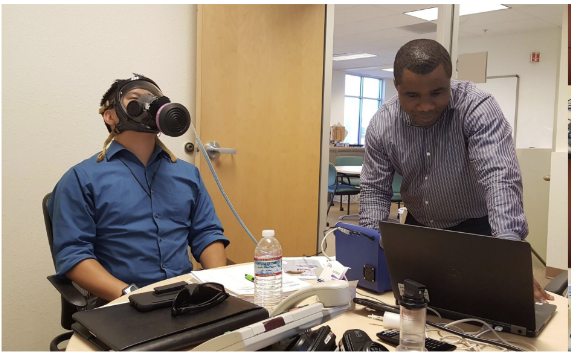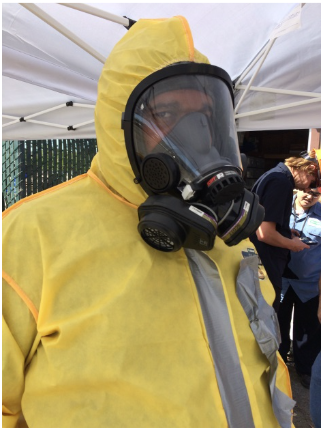Fit Testing and Procedures


Conducting a thorough fit testing procedure is crucial to ensure that respiratory protective equipment, such as masks and respirators, effectively seals to the wearer’s face, providing the intended level of protection. The process typically involves several steps, from a medical evaluation to the actual respiratory fit testing. Below is a general guideline for a fit testing procedure:
1. Medical Evaluation:
– Before fit testing, employees should undergo a medical evaluation to ensure they are physically able to wear respiratory protection.
– The medical evaluation assesses the individual’s general health, medical history, and any conditions that may affect their ability to use a respirator.
2. Training:
– Ensure that individuals participating in the fit testing procedure receive proper training on the purpose, use, and limitations of the respiratory protection equipment.
3. Selecting the Right Respirator:
– Choose the appropriate respirator based on the nature of the work, potential hazards, and the fit testing method to be employed.
4. Pre-Test Seal Check:
– Before the fit test, participants should perform a user seal check to ensure that the respirator is properly seated on their face.
5. Fit Testing Methods:
– There are two common fit testing methods: qualitative and quantitative.
– Qualitative Fit Testing:
– Uses the sense of taste or smell to detect leakage. Common methods include:
– Bitrex Solution: The wearer detects the taste of a bitter solution.
– Saccharin Solution: The wearer identifies the taste of a sweet solution.
– Irritant Smoke: The wearer identifies the presence of irritant smoke.
– Quantitative Fit Testing:
– Measures the actual amount of leakage into the respirator. Methods include:
– Ambient Aerosol: Uses particles in the air to quantify leakage.
– Controlled Negative Pressure: Involves measuring pressure changes to determine leakage.
6. Fit Testing Procedure:
– Instruct participants to don the respirator properly according to manufacturer guidelines.
– For qualitative testing, expose the wearer to the test agent and ask them to perform specific exercises (e.g., talking, bending) to assess the seal.
– For quantitative testing, use the appropriate equipment to measure the concentration of the test agent inside the respirator.
7. Documentation:
– Keep detailed records of fit testing, including the type of respirator, fit test method, and results for each participant.
8. Regular Retesting:
– Conduct fit testing regularly, especially when there are changes in facial features, weight, or if there is a change in the type of respirator used.
